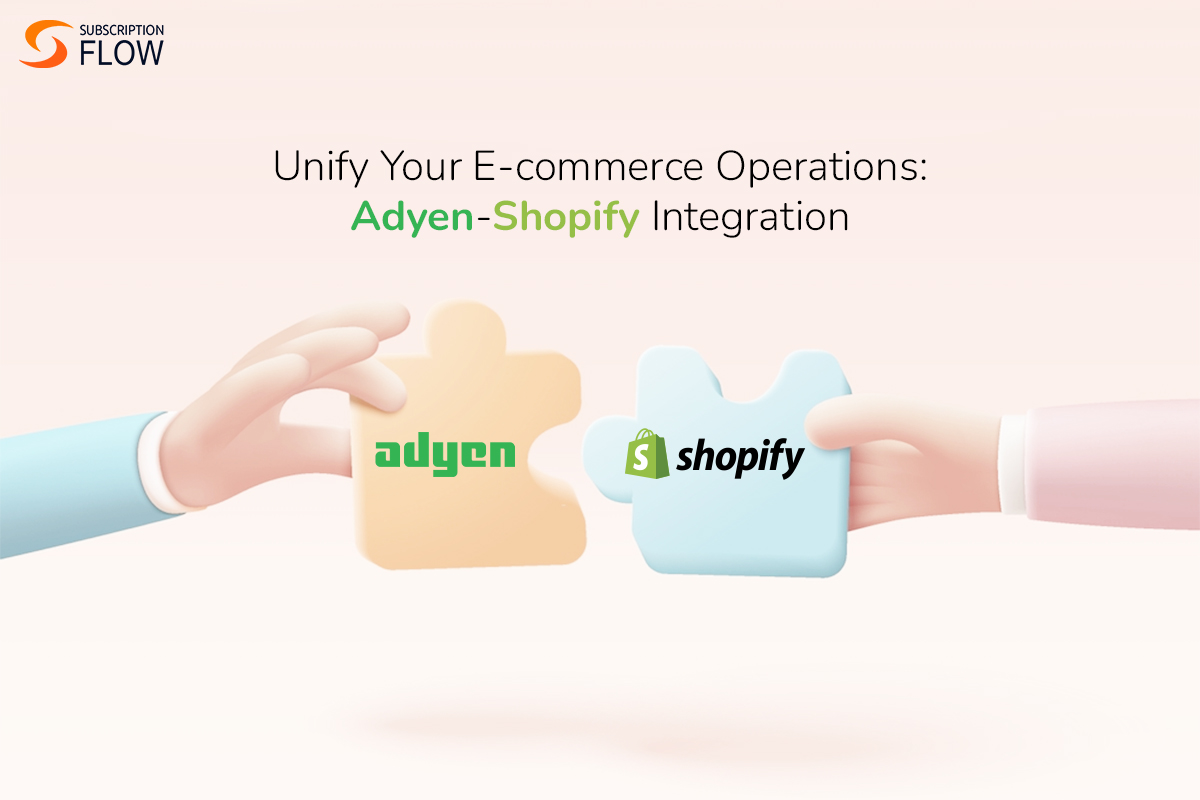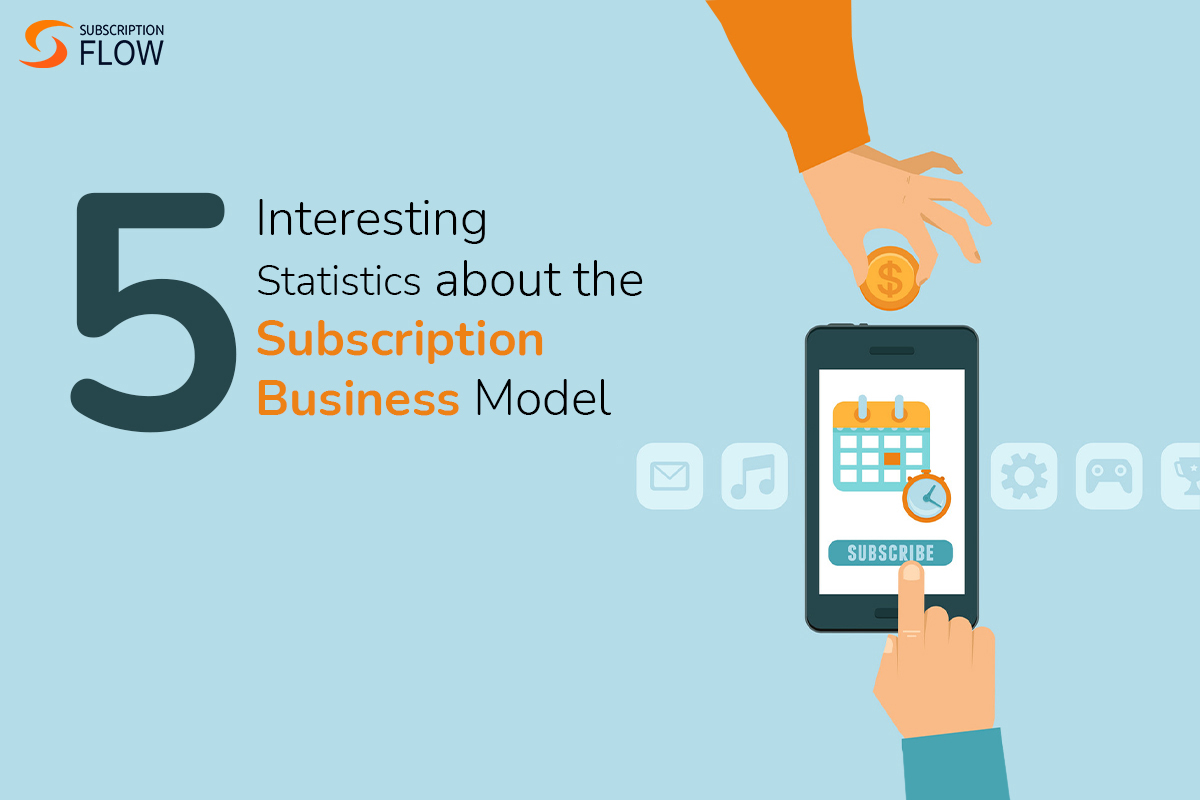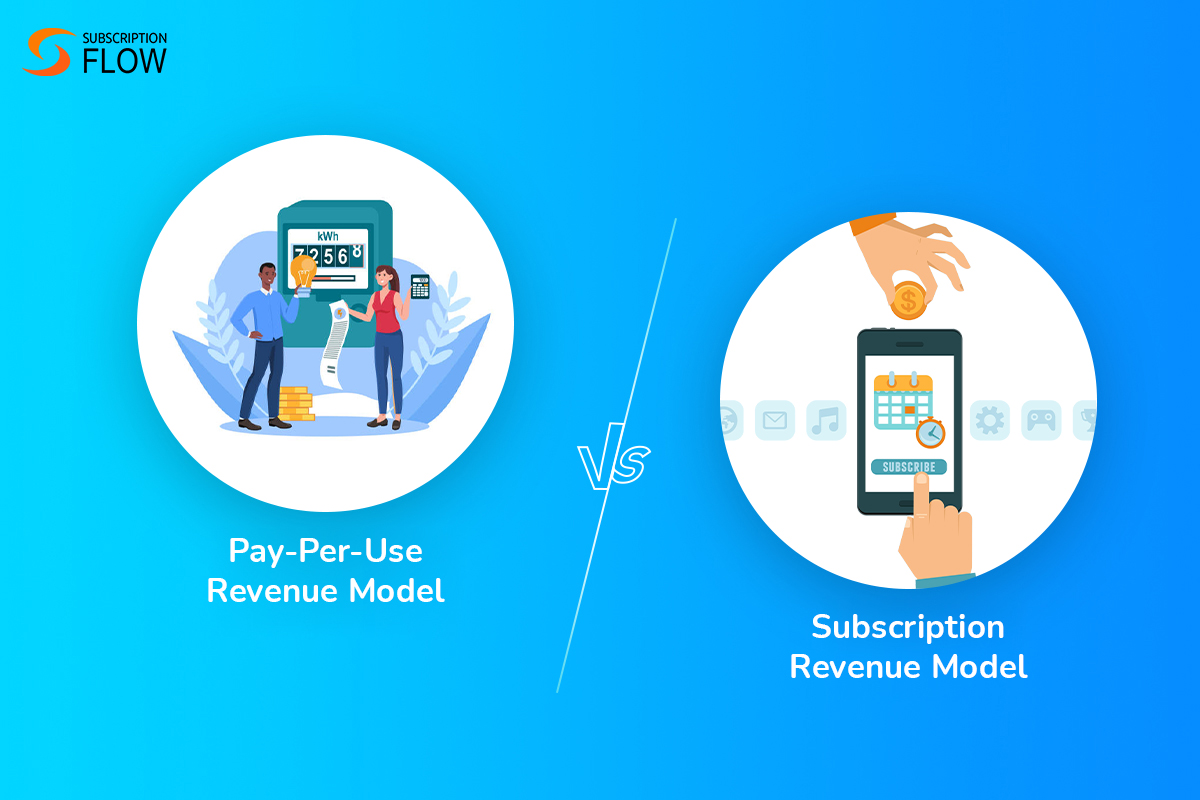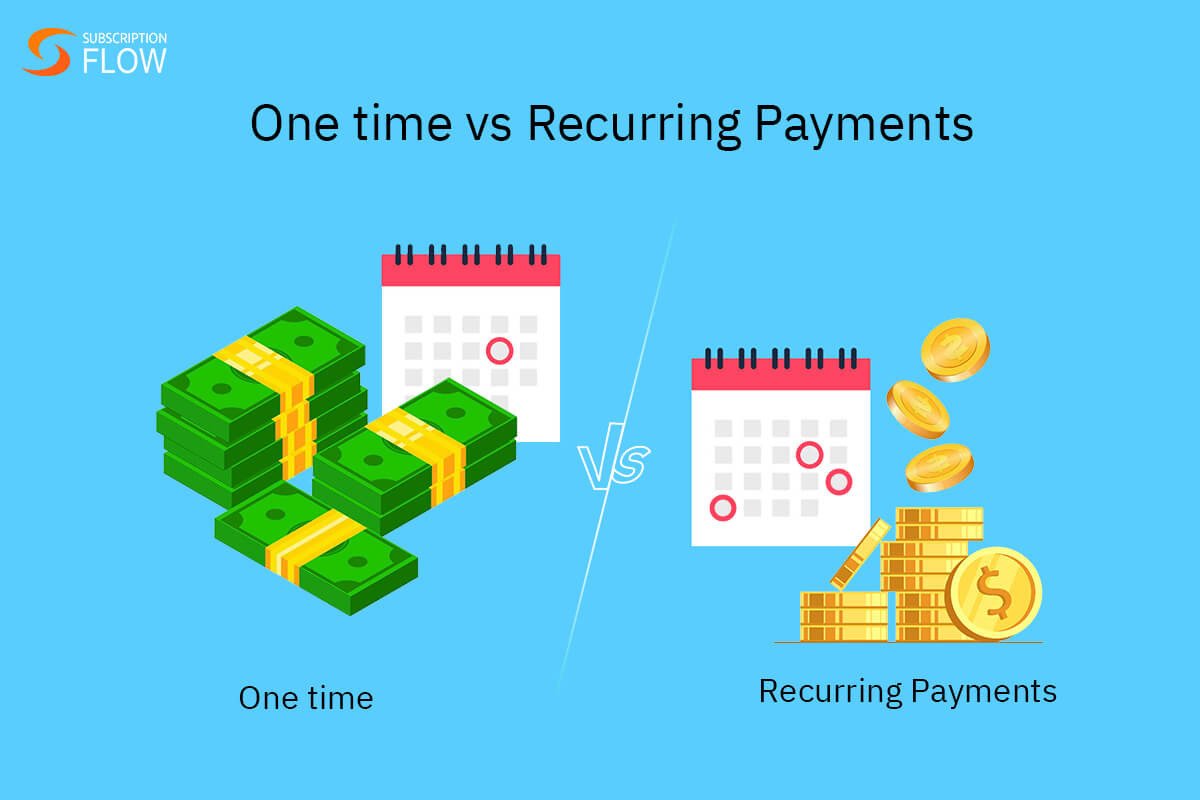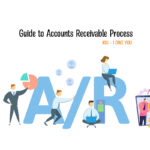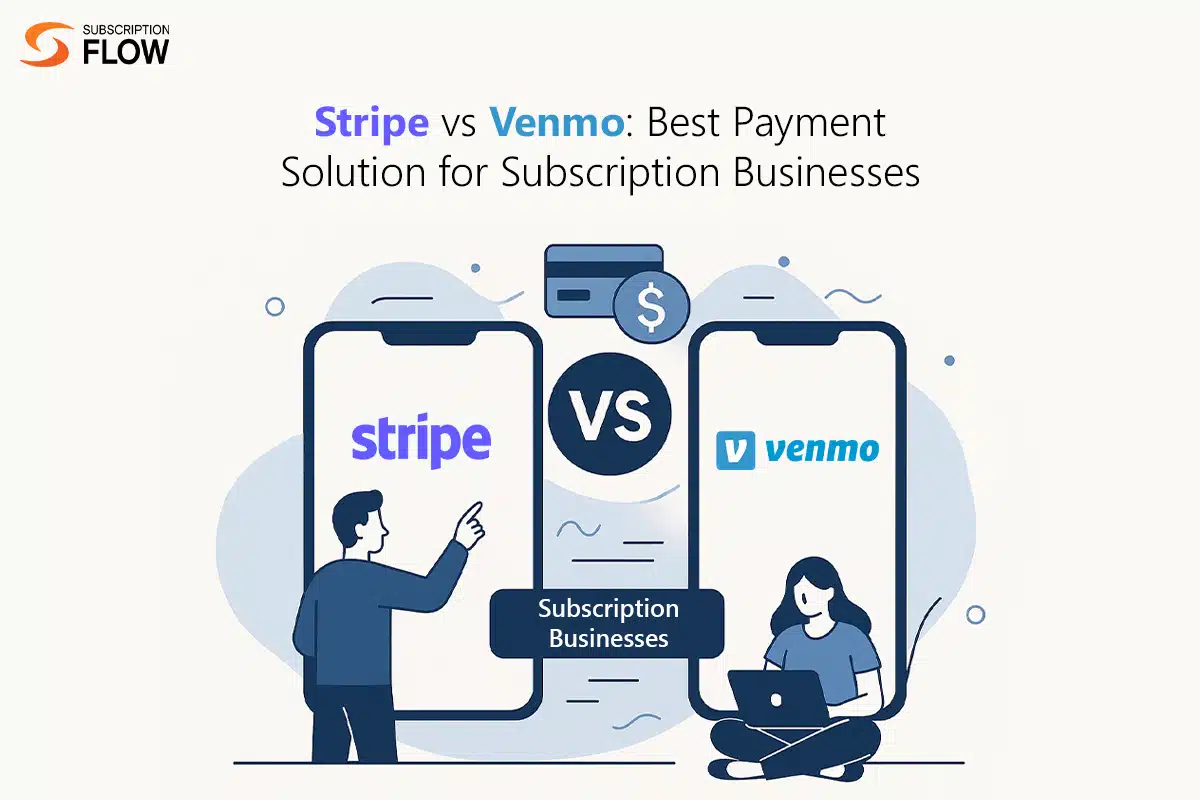
Stripe vs Venmo: Best Payment Solution for Subscription Businesses
Subscription businesses need payment services that help them maximize customer satisfaction, and build stable revenue streams. These services need to be supportive of the businesses’ recurring billing requirements too.
Stripe and Venmo are two leading payment service providers in this regard. While Stripe is known for its support of recurring revenue, Venmo is unrivalled for its ease of use and customer convenience.
So between these two platforms, which payment solution suits subscription businesses the most? Let’s find that out by exploring the key features and differences between Venmo vs Stripe.
How Does Stripe Work?
Stripe is primarily a payment processor, and it facilitates fast and secure online transactions. Here is a brief overview of how Stripe works:
- Payment Initiation: Businesses integrate Stripe into their checkouts, so that when customers initiate payment, it is routed through Stripe.
- Data Transmission: Stripe encrypts sensitive customer information, and then transmits it ahead, so that there are no data breaches.
- Fraud Detection: Stripe is known for its powerful fraud detection features. The processor always checks payments for patterns of fraud, and takes immediate action if any such patterns are identified.
- Funds Transfer: When the payments are successfully processed, they are transferred into the business’s account.
How Does Venmo Work?
Venmo is a US-exclusive payment application. It is ideal for peer-to-peer transactions. The platform allows users to transfer payments to their friends and family conveniently. It also enables them to split payments for collective purchases. Here’s how the Venmo app works:
- Account Setup: Users download the Venmo app, and sign up. During the sign up process, they provide their personal and payment details, and link their Venmo account to their credit/debit cards or bank accounts. After they create a personal account, they can convert it to a business profile as well.
- Payment Transfer: Users have the choice to make payments directly from their connected bank accounts. They can also use those cards or accounts to transfer and keep money in Venmo. Venmo enables users to both transfer and request payments. They can request payments by filling in the payer’s details such as their username, email and phone number.
- Social Feed: Users can attach messages to their payments as well to make their transaction experiences more personal and lively. Venmo has a unique social feed where its users can post their transaction activities (minus the amounts). Viewers can like and comment on those.
- Venmo Card: The platform equips users with its own Venmo MasterCard Debit Card. It can be used in any purchase where a MasterCard is accepted. Users can utilize their Venmo account to make both online and in-store purchases.
Stripe vs Venmo: Support for Subscription Billing
Now that we have a basic understanding of how Stripe and Venmo work, let’s explore how these platforms support subscription billing. Subscription billing entails recurring payments, and recurring payments are at the heart of a subscription business’s operations.
Stripe
SubscriptionFlow supports recurring billing with Stipe. SubscriptionFlow enables Stripe users access to these advanced features:
- Automated Recurring Billing
SubscriptionFlow offers a variety of dynamic billing models, such as
- usage-based billing
- tiered pricing
- volume pricing
- proration
- hybrid billing
Businesses can choose any of these models, and then run their billing on automation. SubscriptionFlow ensures precise billing, while Stripe auto-collects payment amounts at pre-set billing intervals. This collaboration boosts customer convenience, as customers don’t need to pay manually.
- Automated Invoicing
SubscriptionFlow automates invoice generation and transfer. Invoice payments are securely fetched via Stripe. These invoices can be customized as well for more personalized payment experiences.
- Dunning Management
Stripe offers dunning features as well such as automatic payment retries. Payment retries are attempted at optimal times to improve success rates. SubscriptionFlow-Stripe collaboration takes dunning to the next level by enabling in-app messages, and auto-payment reminders.
- Hosted Customer Portal
SubscriptionFlow enhances Stripe’s hosted self-service portals for customers which they can use to access their subscription settings. It adds in a layer of advanced subscription management to allow customers to change their subscription plans, and payment method details from there. They can also see their transaction history. Any plan chances made by customers are auto-adjusted by SubscriptionFlow.
- Flexible Billing Cycles
Stripe offers a range of billing schedules to choose from. For example, weekly, monthly, quarterly and annually. SubscriptionFlow allows businesses to create customized billing cycles too.
Venmo
Venmo does not directly support recurring billing. It requires integration with specialized software like SubscriptionFlow to do that. Here are some other ways how businesses can use Venmo to accept subscription payments:
- Via Business Profile: Small subscription businesses can create business profiles in Venmo to receive payments. Customers can pay by searching the business’s name within Venmo.
- Via Website: Businesses can integrate PayPal Checkout with their e-commerce sites. They can enable Venmo as a payment option on the checkout page.
If customers have the Venmo app downloaded on their phones, they will see the “Pay with Venmo” option there. They can select this option and complete transaction.
- Via Payment Link: Businesses can generate payment links for customers. They can send them via email, SMS, social media, etc. Customers can simply click on this link to transfer the amount to the business’s Venmo account.
- Via Venmo’s API: Large subscription businesses can use Venmo’s API to integrate it as a payment option within their apps or websites. Subscribers can pay using Venmo within the app or website without being redirected to an external page.
SubscriptionFlow offers seamless integration with Venmo to extend its payment capabilities. It enables businesses to accept recurring payments via Venmo. This is an exclusive feature that Venmo otherwise doesn’t support.
Stripe vs Venmo: Feature-by-Feature Comparison
Let’s now compare the other features of both payment service providers to further facilitate your decision between the two.
Integration Capability
- Stripe: Due to its developer-friendly nature, Stripe is easy to integrate with a wide variety of software. It is also easier to customize according to business needs.
- Venmo: It can be integrated with e-commerce platforms via PayPal Checkout. It’s integration capabilities are limited as compared to Stripe, as its APIs are not that flexible.
Customer Experience
- Stripe: Offers smooth customer experiences as it supports seamless checkouts. It is also known for its trustworthy customer data protection, letting businesses form strong customer relationships.
Moreover, it facilitates automatic subscription billing so customers don’t have to initiate payments themselves. Their subscription gets renewed on its own.
- Venmo: It is very convenient and easy to use for customers, since it is mainly used for peer-to-peer payments. Venmo is popular among customers who want to keep their finances simple.
Dunning Management
- Stripe: Supports automated payment retries to recover funds lost through failed payments.
- Venmo: It does not support this feature. Requires integration with third-party software like SubscriptionFlow.
Speed of Transfers
- Stripe: The first transfer takes 7-10 days, and each following transfer takes 2-3 days in the US. Each international transfer also takes 7-10 days. Instant transfers are processed immediately, with a fee of 1% of the total amount.
- Venmo: The platform offers both standard and instant bank account transfers. Standard transfers take around 1-3 business days to process. Instant transfers are completed immediately, but come with a fee. Venmo to Venmo transfers are always instant.
Payment Methods
- Stripe: Offers a variety of payment methods including both advanced and traditional options. For instance, credit cards, debit cards, bank transfers (such as ACH), digital wallets (like Google Pay), BNPL, and more.
- Venmo: It supports fewer payment methods than Stripe. They include Venmo balance, credit/debit cards, and linked bank accounts.
International Payments Support
- Stripe: Great global payments support, as it operates in 46 countries, and facilitates transactions in more than 135 currencies.
- Venmo: Does not support international payments, as it works in the US exclusively.
Payment Limits
- Stripe: It does not have any strict payment limits, as it is designed to process large-volume transactions. This makes Stripe better suited for B2B transactions.
- Venmo: It does have payment limits, as it is designed to work on a smaller scale. Users can transfer no more than $25,000 in one go. Their weekly transfer limit is up to $50,000. The limit for instant transfers via debit card is $10,000 per transaction. For bank accounts it is $50,000.
Stripe vs Venmo: Security Features
Stripe
- PCI DSS Level 1 Compliant: Stripe holds the highest security certification in the payments industry, and that speaks for its reliability.
- Tokenization: This process refers to converting sensitive customer payment information into tokens. It prevents unauthorized users from accessing it.
- Fraud Prevention Radar: This tool intelligently detects suspicious and fraudulent activity, and prevents it.
- Data Encryption: Stripe encrypts user data both when it is stored in the database, and when it is transmitted.
Venmo
- Encryption: Venmo facilitates data encryption for secure data transmissions.
- Account Protection: The Venmo app allows secure access via passcodes set up by users, or biometric authentication. It includes facial and fingerprint recognition.
- Purchase Protection: Venmo offers purchase protection features, and assists users in getting their money back in case of unsatisfactory purchases.
- Privacy Settings: In their social feeds, users can decide who is eligible to see their activity. They can control their friends list, and also keep their payment activity private when they wish to.
Stripe vs Venmo: Fees
Stripe
- Credit and Debit Card Transactions: Stripe charges 2.9% along with a fixed $0.30 for each transaction. This rate is fixed for the US cards.
- International Cards: These cards incur an extra 1% charge on top of the standard fee.
- Currency Conversion: This incurs another extra 1% on top of the standard and international card fees.
- Chargebacks: Each chargeback costs the business $15.
- Instant Transfers: Each instant payout costs 1% of the total transaction amount.
Venmo
- Money Transfer Fee: Venmo does not charge any fee if users send money via their Venmo balance, bank account or debit card. But, it does charge 3% fee on credit card transfers.
- Payment Reception Fee: There is no charge if you receive a personal payment. However, businesses receiving customer payments for products or services are charged 1.9% of the total amount + $0.10.
- Instant Bank Transfer Fee: The platform charges 1.75% of the total amount for instant transfer to bank.
- Check Deposits: Venmo charges 1% for government or payroll checks. Users have to pay 5% fee for all the other checks.
Which Payment Service Provider Wins?
Both Stripe and Venmo simplify business payments in their own unique ways. Your choice of a payment service provider depends upon the unique needs of your subscription business.
Generally, Stripe is more suitable for subscription businesses as it facilitates recurring payments, and supports advanced billing features. These features include a variety of billing models, auto-invoice generation, automatic payment recovery and more.
Additionally, Stripe does not impose geographical restrictions, as it operates internationally. This makes it the superior choice for international subscription businesses.
On the other hand, Venmo is suitable for small businesses or startups that can do without automated billing. It is popular among the US locals, making it a great choice for small businesses that want to keep payments simple and convenient.
SubscriptionFlow for Unlocking Efficient Recurring Billing
SubscriptionFlow is a specialized billing software that integrates with both Stripe and Venmo to supercharge recurring payments. You can utilize SubscriptionFlow to set up flawless billing cycles, and Stripe to processes high-volume payments.
SubscriptionFlow puts the elegance of billing right at your fingertips. You get to leverage advanced dunning management with in-app payment reminders, custom billing logic, smart refund management, and much more.
What’s more, SubscriptionFlow allows you to accept automatic recurring payments through Venmo as well. This means you don’t have to be restricted by Venmo’s limitations any longer! Accept payments securely through the channel you want, and ensure smooth payment experiences for your customers.
Book a demo with SubscriptionFlow now to align Stripe’s and Venmo’s payment capabilities with the best subscription billing solution available.


